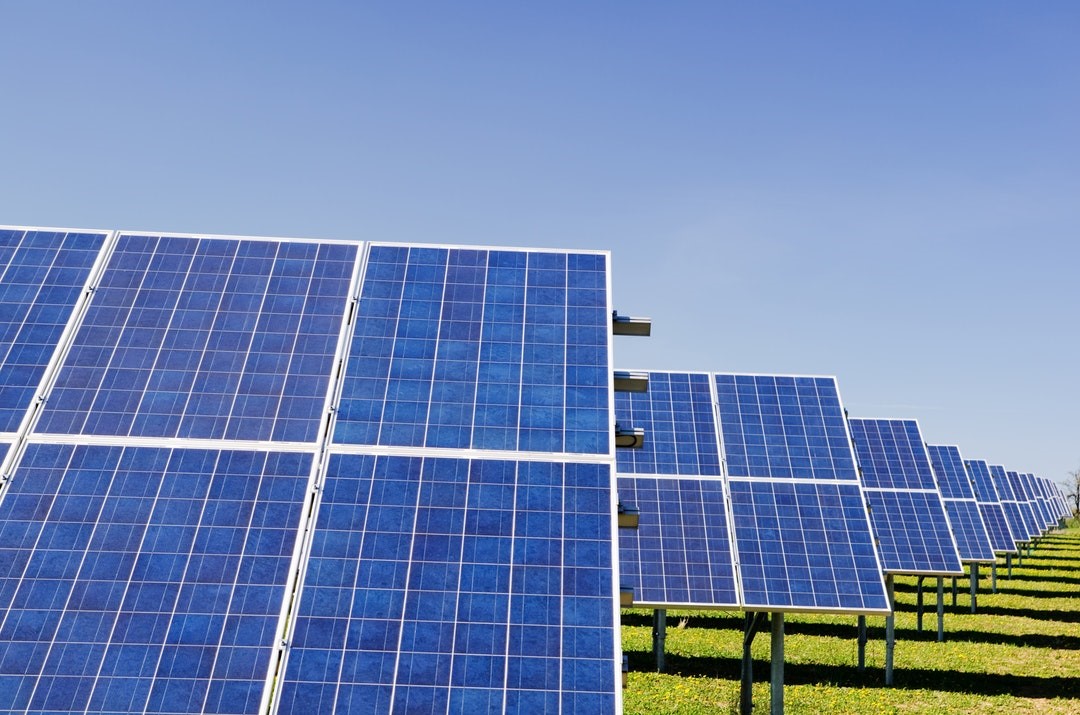There’s more to solar power than saving on electricity bills and reducing global warming. The SEIA predicts that the solar energy industry could also add 1 million jobs and $800,000 billion toward building the country back better.
Are you keen to do your bit for the economy and the planet, but find all this new terminology confusing? For instance, what on earth is a solar array and what does it do?
Find out here.
What Is a Solar Array?
The term, ‘solar array’ refers to the arrangement of the solar panels in a home solar installation. It refers to the solar panels themselves and how they’re situated.
Sunlight strikes each solar panel, producing DC electricity that travels from the interconnected panels to an inverter. This device transforms the direct current into usable AC electricity to power your home.
Although it’s often used to describe large solar farms, a solar array can refer to any number of solar panels working together, and two different arrays can also work in tandem to service one dwelling.
Things to Know About a Solar Array
Due to the simple, versatile nature of these fixtures, solar array companies can figure out an arrangement that best suits your home and energy needs. There are three main things to know about this:
- Solar Panel Array Location
If you want to get the most out of your solar panels, they must face the right direction. In the Northern Hemisphere, panels facing directly south will produce the most electricity.
Most homeowners opt to place their solar array on the roofs of their homes. Yet, you can also get a ground mount installation in an area that gets a lot of sunlight.
This gives you a lot more options when it comes to maximizing your panels’ exposure to the sun. You can also place your panels on a gazebo or carport and wire them into your home from there.
- Number of Solar Arrays
Depending on the infrastructure of your roof, your installer might recommend multiple arrays to service your needs. That means you could have two arrays located on different roof surfaces, or combine a roof and a ground mount installation.
These types of solar arrays cost more since there’s a lot more work involved in getting them connected to your house.
You might also need to install power optimizers or micro-inverters to get the best benefit from these installations, too.
- Number of Panels
There’s no limit when it comes to designing a solar panel array for home use. Yet, some installers don’t like to add panels to the arrangement after the initial installation.
So, if you expect your energy needs to increase over time, it’s best to install higher efficiency panels at the outset.
More Solar Facts
When you install solar power, you get to take advantage of federal and state tax incentives that make your installation more affordable. You’ll also enjoy long-term savings on electricity, and increase the value of your home.
Yet, before you take this big, expensive step, you must consult a reputable solar panel installer. They’ll help you find the best solar array for your needs.
Are you keen to discover more cost-saving home improvements? Browse our blog for more insights into how you can make your home more comfortable and efficient.

